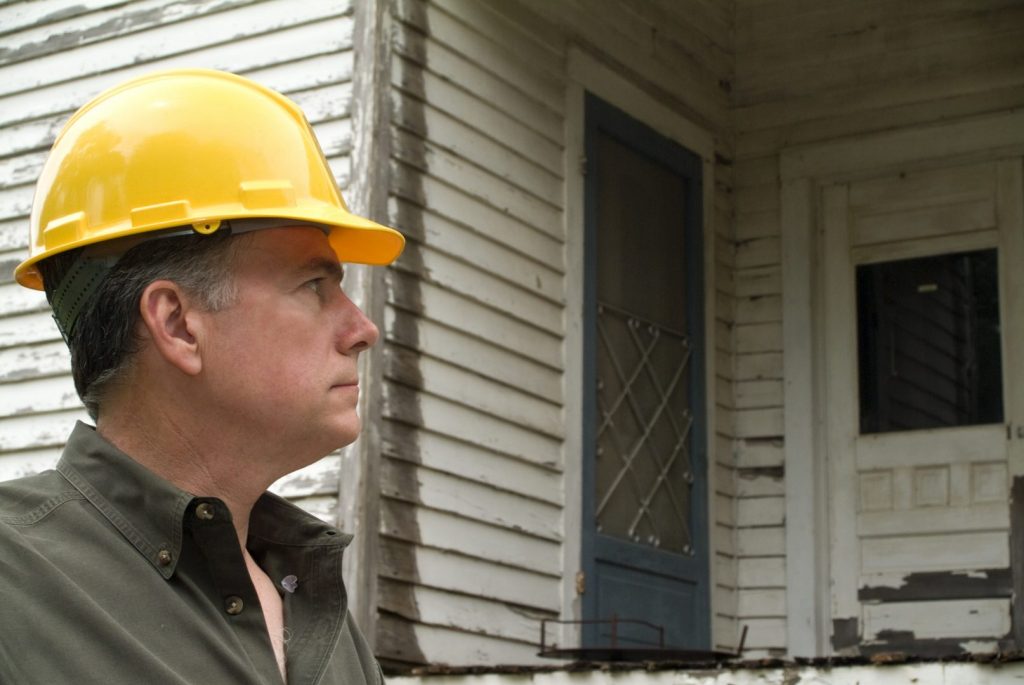
When we arrive at the client’s home, we begin forming some initial impressions, but we need to keep them to ourselves until we have fully engaged our clients and learned what they require
One way to approach working with a client who needs our help with aging in place renovations to allow them to remain in their home and to enjoy it more comfortably and accessibly than it is now is for us to arrive and immediately begin telling them what we think they need.
We can survey the kitchen, the bath, the outside, the hallways, and other areas of the home and begin making recommendations as to what we think they should do, what would be beneficial for them, or how we would approach this project based on what we typically do with a home that looks the way this does.
However, this would be the totally wrong approach.
The client isn’t interested in what we know until they ask us. They aren’t necessarily receptive to our suggestions or input until they have gotten to know us and after they have discussed what concerns they have. Rather than blurt out how we would help them, we should keep it to ourselves until the time comes to share. We might not even be on the same page with the client as to what their pressing or urgent needs are.
Therefore, we need to press the pause button on discussing our resume and reputation and begin the interview process with the client. What we think when we walk in may not matter ten minutes into the discussion because their urgent or compelling needs may be quite different than just addressing what we perceive to be deficiencies in the present design. They may have serious limitations in using their space that concerns them. We need to be ready to respond to this.
After the usual meet and greet and the small talk of getting to know each other a little, we should engage our clients in learning about their perceived needs. We likely would have gotten a little background into this over the phone before agreeing to the appointment, but maybe they didn’t provide a lot of detail or the reality may look different than what we expected.
We need to be prepared to listen to what they share with us – asking clarification questions as necessary. We need to understand why they feel that what they regard as being necessary will be an improvement for them. We need to determine how it will help with their mobility, safety, balance, use of the kitchen or bath, general hygiene, cooking, cleaning, sleeping, or other important aspects of remaining in their home successfully.
Yes, we are the experts in creating the appropriate renovations and solutions for them, but can only do this after we know precisely what their needs are and how we can address them. Rather than volunteering how we would approach working in certain rooms – enlarging the floor space, moving cabinets, changing out the flooring, adding lighting, changing the windows, adjusting the style or type of doors, or other physical aspects of the home that standout as possible work items, we might wait to mention any of this – or talk about it in general rather than specific terms – until our next visit with them.
Until we know what their budget is (which we should have determined on the phone before arriving), determine their level of physical ability and how that factors into what they want or need to have done – and have our health care professional ready to consult and advise us on appropriate improvements to address their needs – and review how their current floor plan and age of home will allow us to move forward in the most expedient way, we can’t discuss the next steps of get specific as to what we would propose.
An aging in place renovation is a one-at-a-time, client-specific renovation that is totally dependent on the needs of the client and additionally defined by the home in which they live. We cannot have a preconceived or predetermined idea of what needs to be done that we begin sharing with them the moment we arrive because their needs may be very different than what they described on the phone, and their home may look completely different as well. They may not have given us the complete picture, and we are not showing up to do a typical kitchen or bath remodel that we would do for someone younger that wanted to accommodate a growing family or update it to a more current style.
Rather, we are being asked to help them meet some specific needs that they have – mobility, sensory, cognitive, or just general aging – that affect how they are able to use their home now and how they perceive or project that is likely to change in the coming years.
There is plenty of time to impress the clients with what we know and we can help them. Let’s be sure to hear them out completely to gain a full understanding of how we can help them. Then we can share with them how we would approach working with them.
